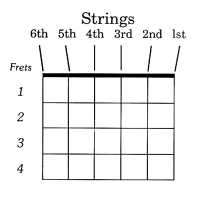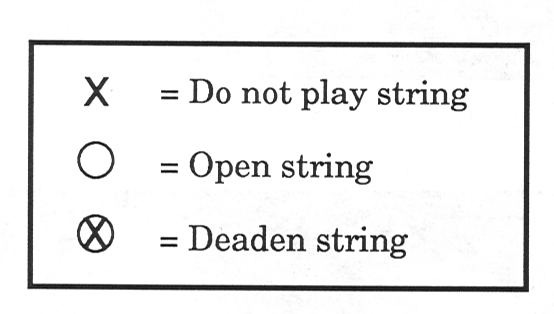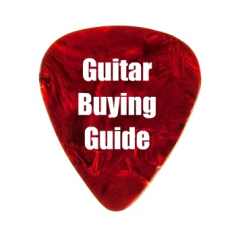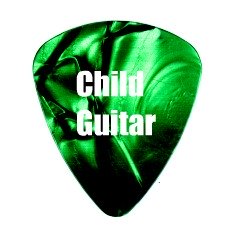|
Basic Guitar Chord Charts
are easy to read, once you know how the guitar strings and frets are represented in the diagrams. And you must know the symbols that represent which guitar strings to play. Guide to Chord ChartsThe basic chord charts illustrate how to form a chord. The most basic chord chart is a simple “chord box” (diagram 1) that shows the fretboard in a vertical orientation, with the six strings running up and down. The low E (thickest) or 6th string is on the left, and the high E (thinnest) or 1st string is on the right. The horizontal lines represent the guitar frets. The thick solid line represents the nut of the guitar which is the end of the fretboard.
Finger ChartsThe numbers within the black circles represent the fingers to be used. A guitarists' fingers are numbered 1 (index finger) thru 4 (pinky), as shown in diagram 3 below. 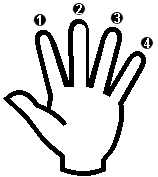
Table of Contents: LESSONS
|





